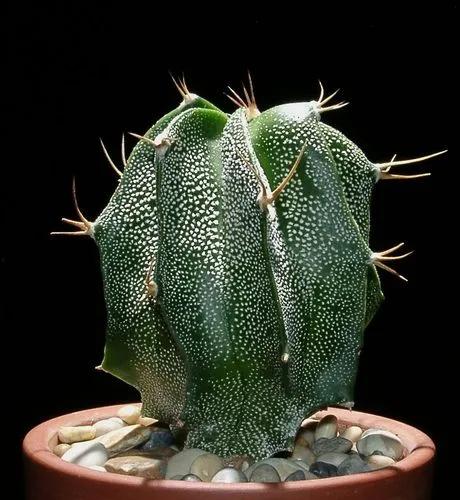Robinia hispida, known as the bristly locust, rose-acacia, or moss locust, is a shrub in the subfamily Faboideae of the pea family Fabaceae. It is native to the southeastern United States, and it is present in other areas, including other regions of North America, as an introduced species. It is grown as an ornamental and can escape cultivation and grow in the wild.
Bristly Locust Care
Robinia Hispida



Robinia hispida, commonly called rose locust or rose acacia, is a showy-flowering, deciduous shrub which typically grows variably from 2-10' tall. In the wild, it can aggressively spread by suckering, but in cultivation, nurseries often graft it to the roots of R. pseudoacacia (black locust) which results in a much less aggressive plant. May be trained or topgrafted to form a small tree. Rose to pale purple flowers appear in 2-4" long, pendulous racemes in May. Compound pinnate, medium to dark green foliage (7-15 leaflets). Flowers are infrequently followed by bristly, purple seed pods (to 3" long). Branches, petioles, flower stalks and fruits are hispid (stiffly hairy) as the species name suggests, thus giving rise to another common name of bristly locust. Steyermark lists this southeastern U.S. native as a garden escape in Platte and Howell counties in Missouri. Genus name honors Jean Robin (1550-1629), of Paris, gardener to Henri IV and Louis XIII of France, who received new plants from Canada.
How to Care for the Plant

Popularity

317 people already have this plant 105 people have added this plant to their wishlists
Discover more plants with the list below
Popular articles






